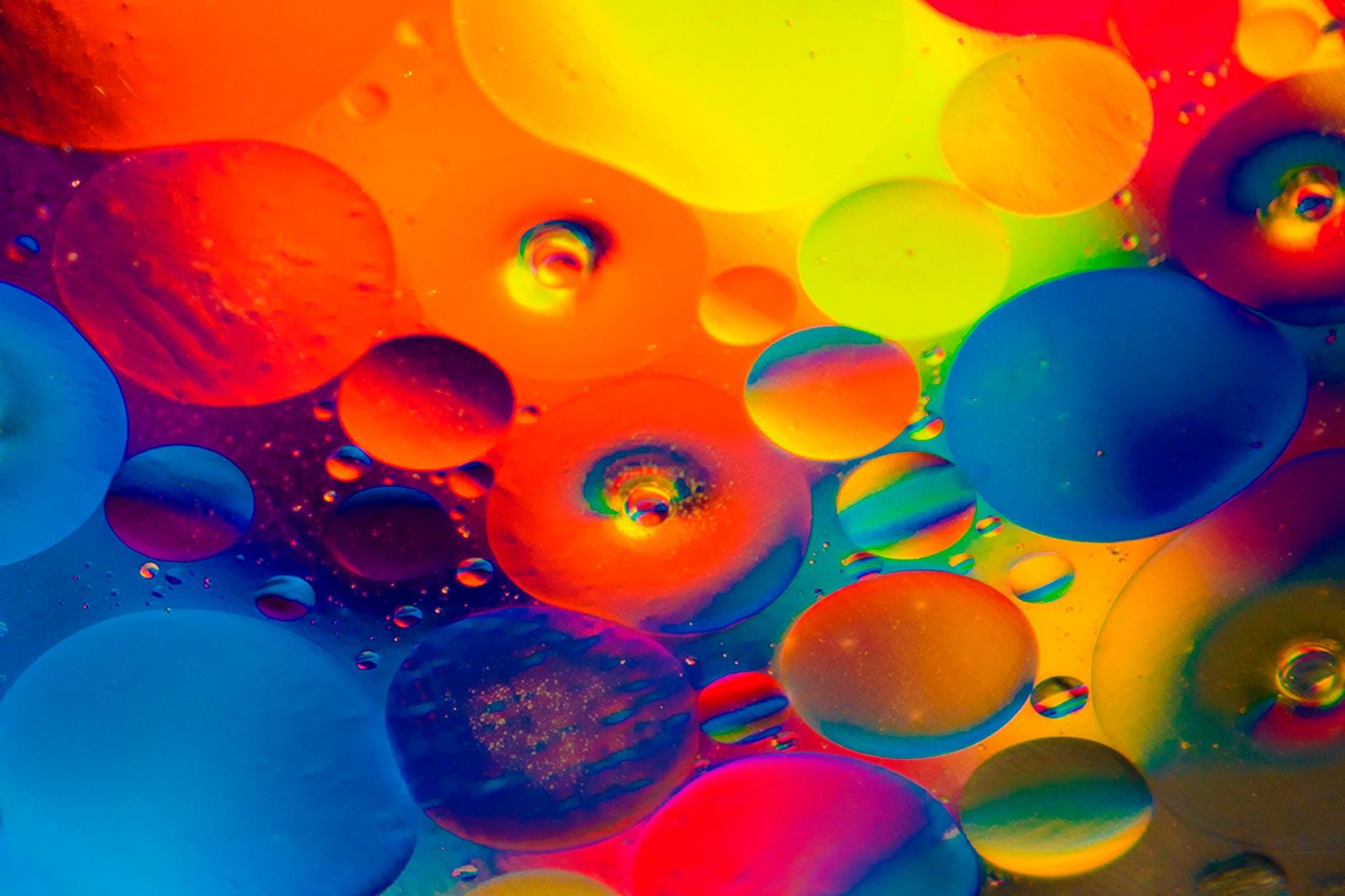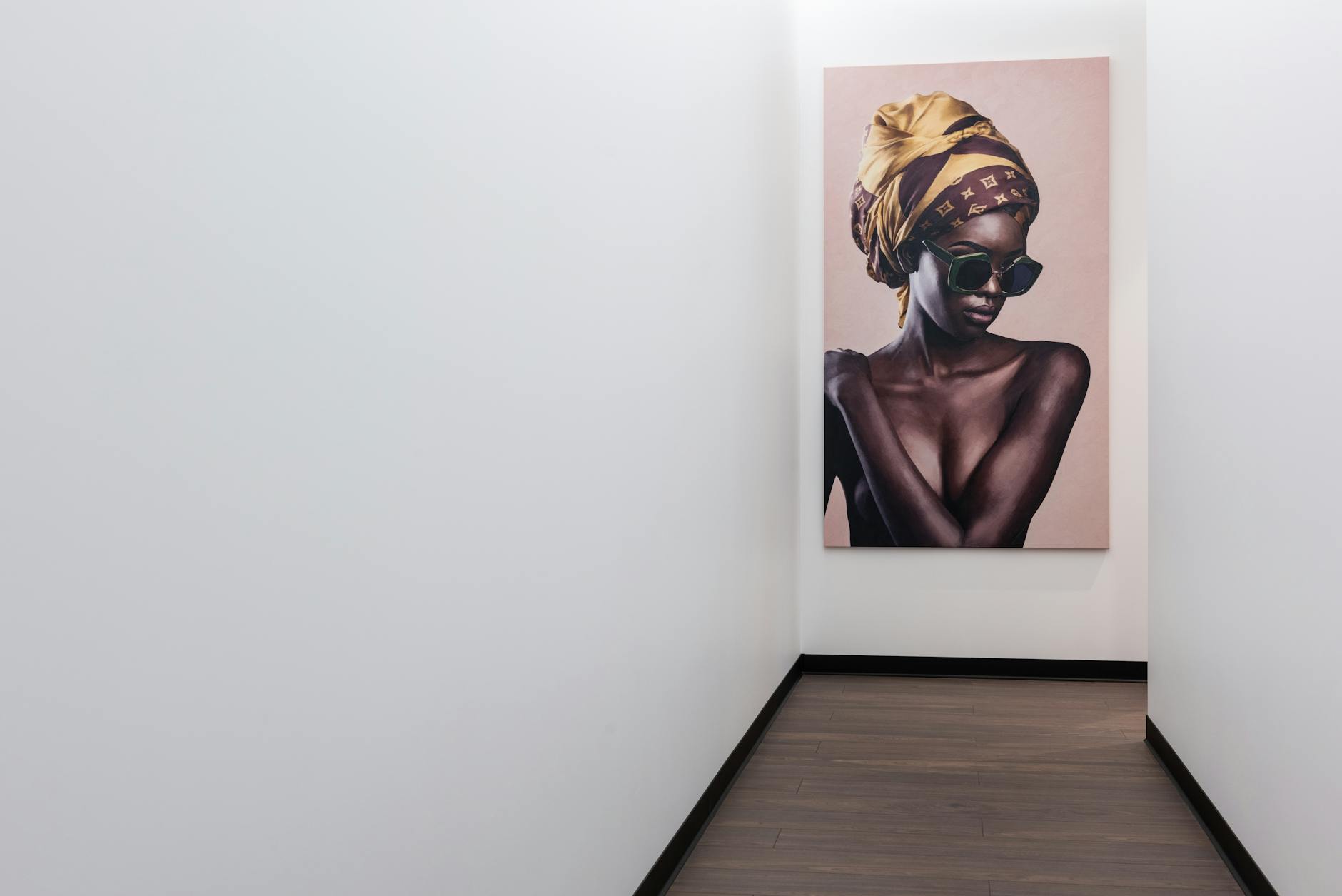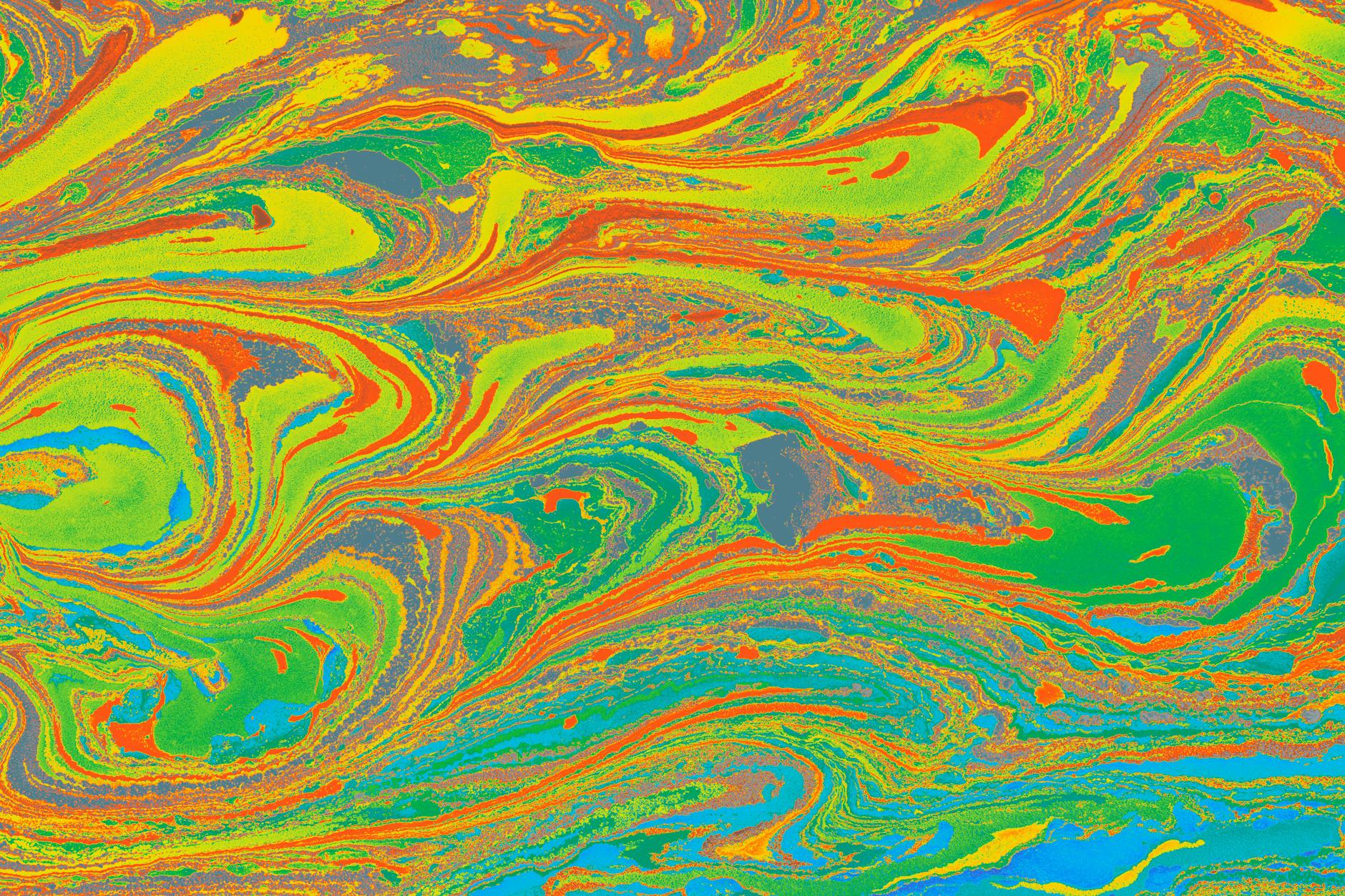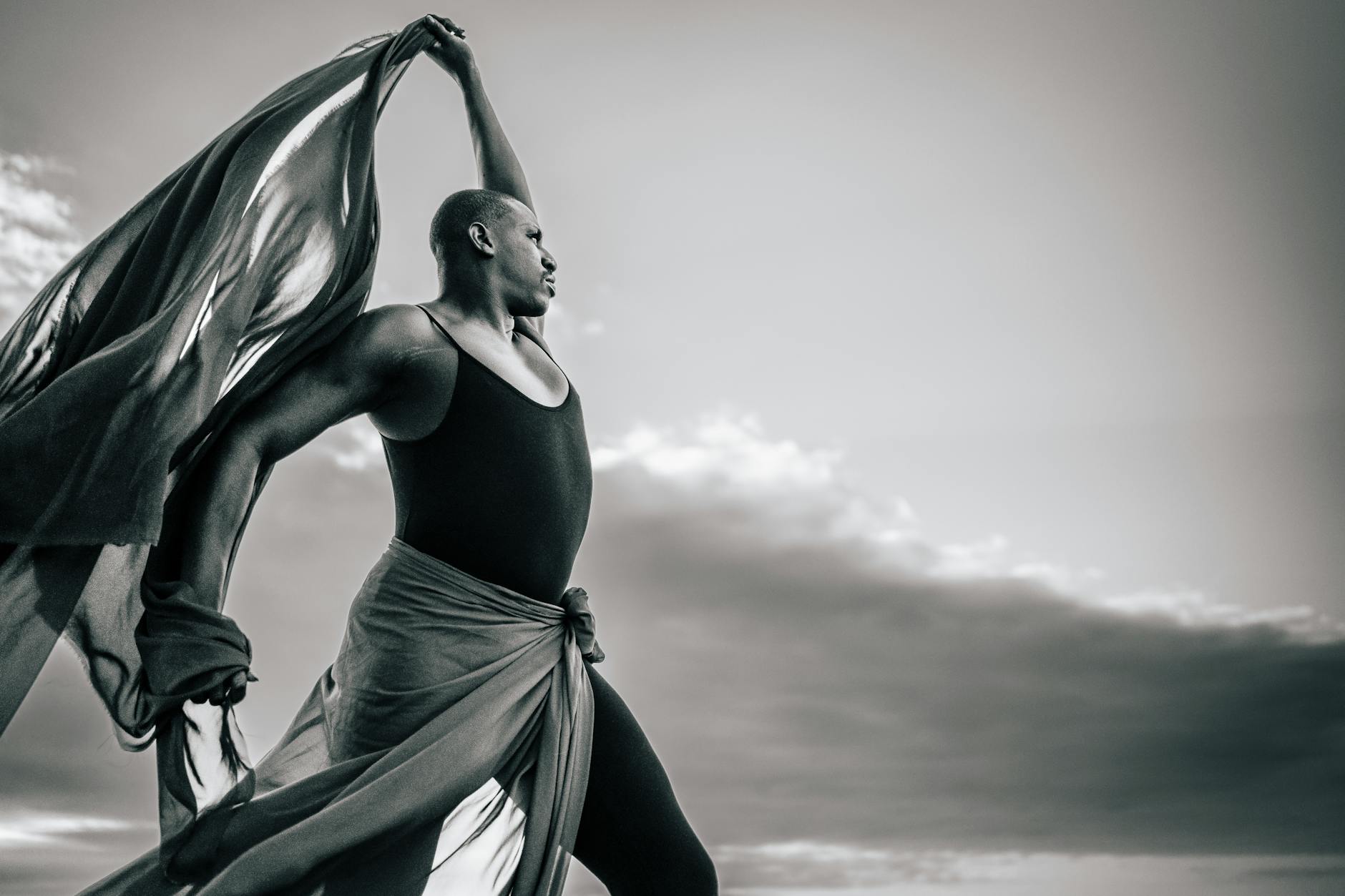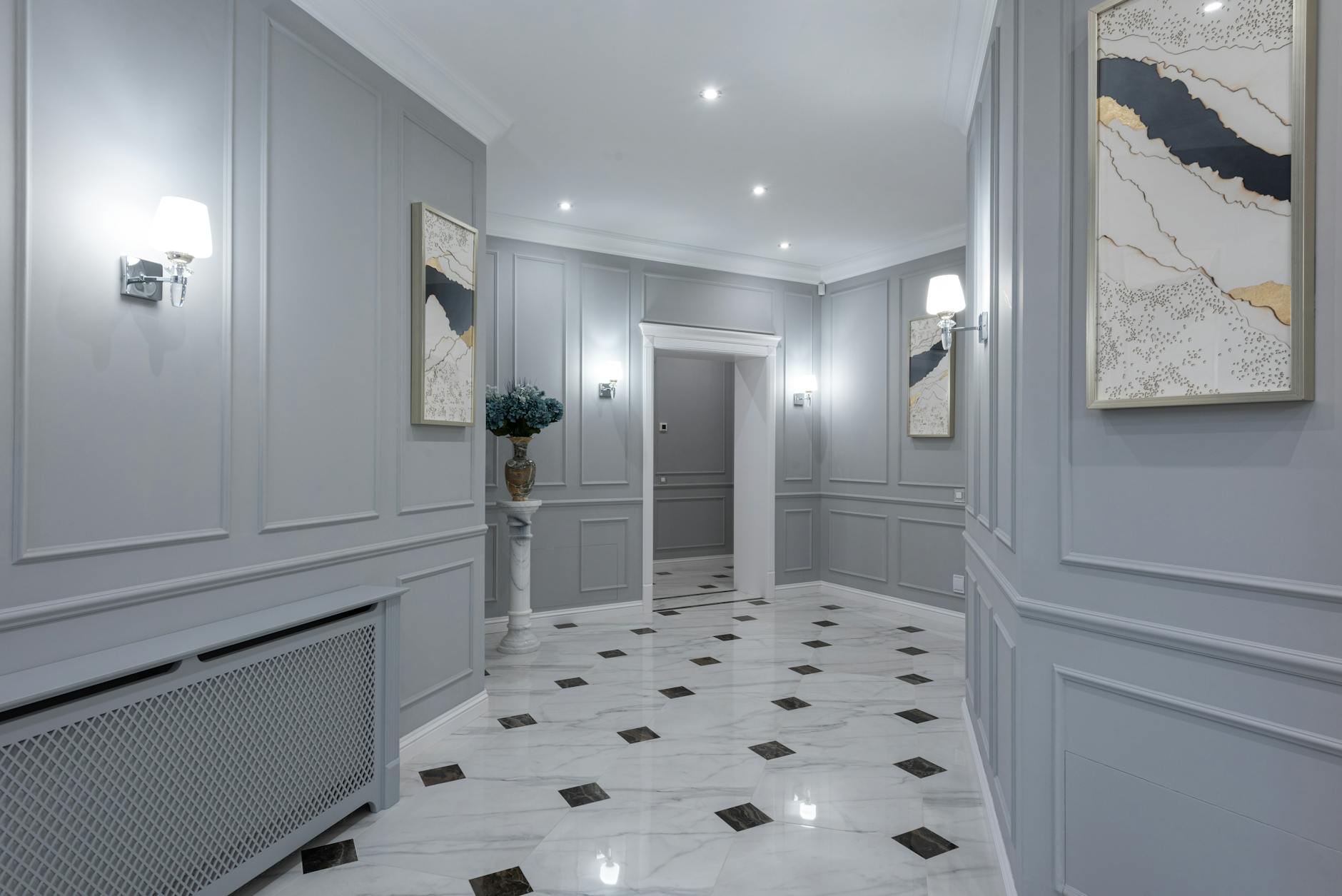Traditionally confined to the realms of music and lifestyle of the 1960s and 70s, the realm of psychedelic aesthetics has transcended its time period to leave a lasting mark on various other artistic domains as well. The term “psychedelic” comes from the Greek words “psyche,” meaning mind, and “delos,” meaning manifest. It refers to the manifestation of the mind and the shifting of visual perception. This realm of art, illuminated with vibrant hues and outlandish patterns, has had notable influence on popular culture, acting as a vehicle for social critique and spiritual representation.
The roots of psychedelic art can be traced to the counterculture movement, where the youth rebelled against the conforming societal structures of the post-war period. This cultural transformation led to art and music becoming intertwined with politics and civil rights. Music festivals like Woodstock became the breeding grounds for this fluid form of artistic expression, notably, album covers, posters, and light shows blossomed with the energy of a generation yearning for change.
The counterculture movement held hand with an interest in Eastern spirituality and exploration of individual consciousness. Transcendent visuals associated with psychedelic art were seen as an expression of this altered state of consciousness. Often referred to as a form of visionary art, these pieces were flooded with surreal images and morphing geometric patterns, designed to push the viewer into realms of the subconscious mind. The bright and elaborate details portrayed in these artworks often had religious or spiritual connotations, acting as a reflection of the inner world of the artist or individual.
Psychedelic aesthetics played and continue to play a crucial role in creating meaning through art. The subjective, experiential, and introspective nature of these pieces allows viewers to interact with the artwork on an intimate level, internalizing and interpreting the themes according to their personal experiences. They offer a narrative, a window into the psyche of the artist, and yet, what the viewer sees, feels, and understands will always be uniquely personal.
Psychedelic art has gripped onto every level of pop culture from music and film to fashion and graphic design. The Beatles’ iconic ‘Sgt. Pepper’s Lonely Hearts Club Band’ album cover, the mesmerizing patterns and shifts of Pink Floyd’s light shows, and the dazzling visual effects seen in Stanley Kubrick’s ‘2001: A Space Odyssey’, display the impact of psychedelic aesthetics on music and cinema.
Fashion, as a significant reflection of societal change, wasn’t far behind. Designers such as Emilio Pucci started using bold, abstract designs and luminous colors, in a clear departure from the traditionally sober color palettes. Modern street art, too, has been influenced by the flowing forms and technicolor palettes which were trademarked in the height of 60s psychedelia. The cheery novelty of bright, disruptive colors and absurd visuals continue to draw attention and spark intrigue in viewers even today.
Arguably, the influence of psychedelic aesthetics reaches farther than just visual arts, affecting how we perceive culture, spirituality, and consciousness. It encouraged the exploration of the previously taboo topics of mind alteration, existential longing, and spiritual euphoria. The very act of creating such art represents an exploration of the inner psyche, paving the way for discussions linking art and consciousness.
Today, we see a resurgence in the interest for psychedelic visions. Artists like Alex Grey, known for his intricate pieces that explore human anatomy and spirituality, are celebrated for their unique reinterpretation of the psychedelic aesthetic. Furthermore, the psychedelic influence continues to be seen as a cultural and artistic touchstone, such as during the 2019 Met Gala, where the theme “Camp: Notes on Fashion,” displayed influences of psychedelic visuals.
In conclusion, the influence of psychedelic aesthetics on culture can’t be confined to a particular epoch, or a singular understanding. A simultaneously personal and societal form of expression, these vibrant artistic endeavors serve as ever-evolving keyholes into the psyche, continuing to challenge our understanding of art, culture, and individual consciousness. It’s indeed a rich tapestry of visual perception and spiritual representation, continuing to shape and influence new generations through its historic and diversified interpretations of creativity and reality.
Sources:
Psychedelic Art Revival
The Art Story: Psychedelic Art
The Met: Camp: Notes on Fashion
The Roots of 60s Style
Counterculture Movement




